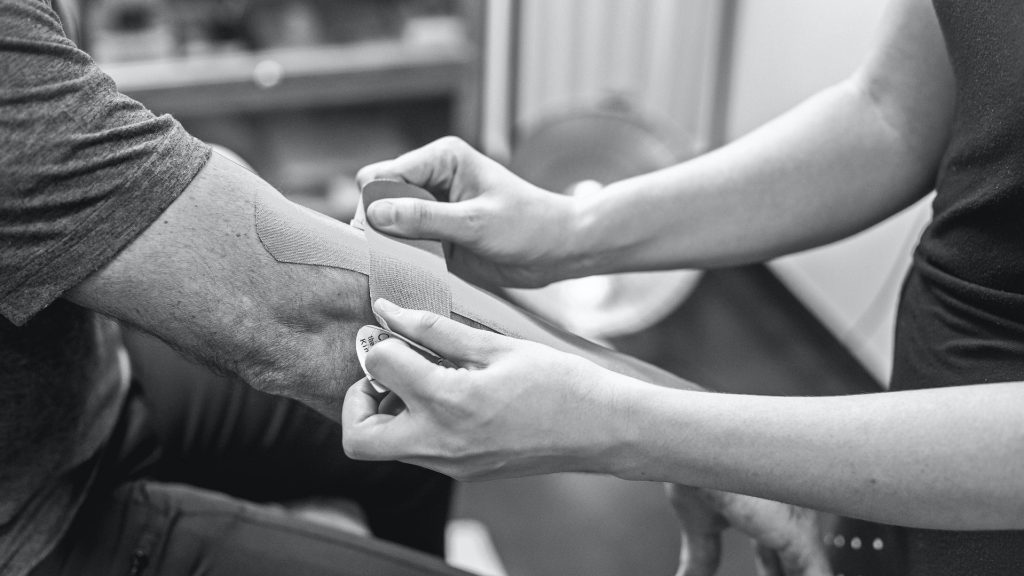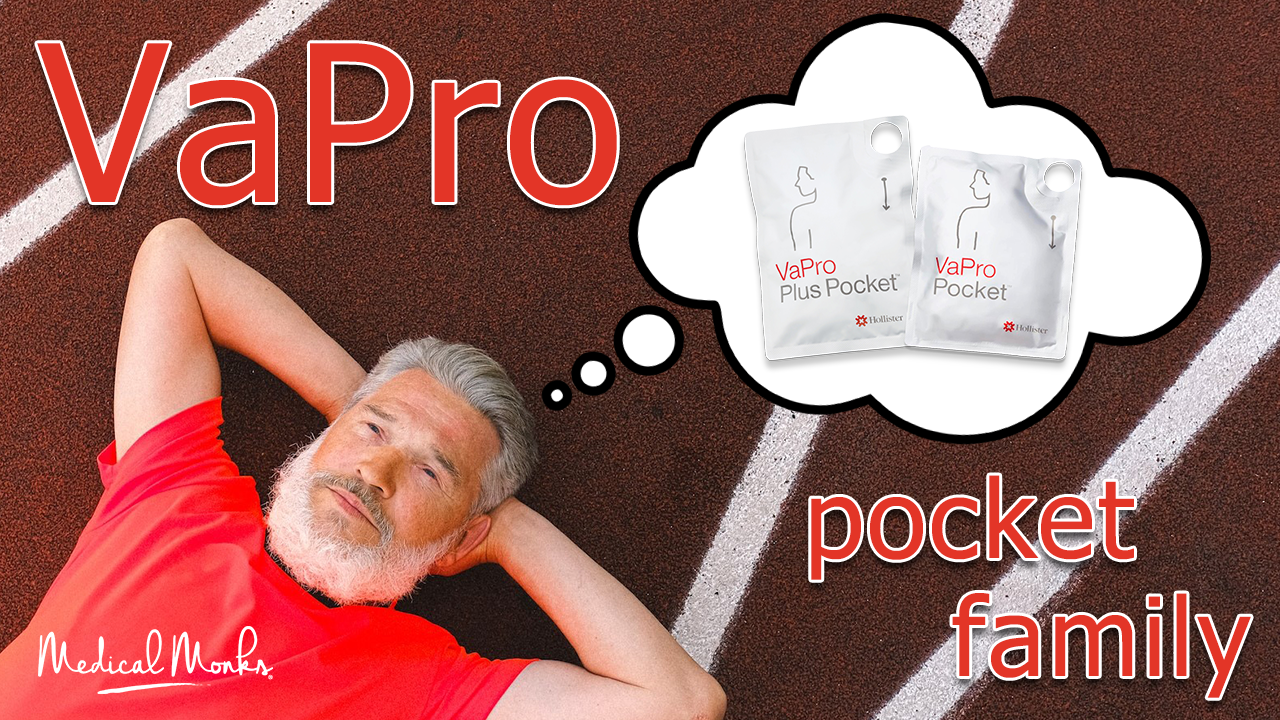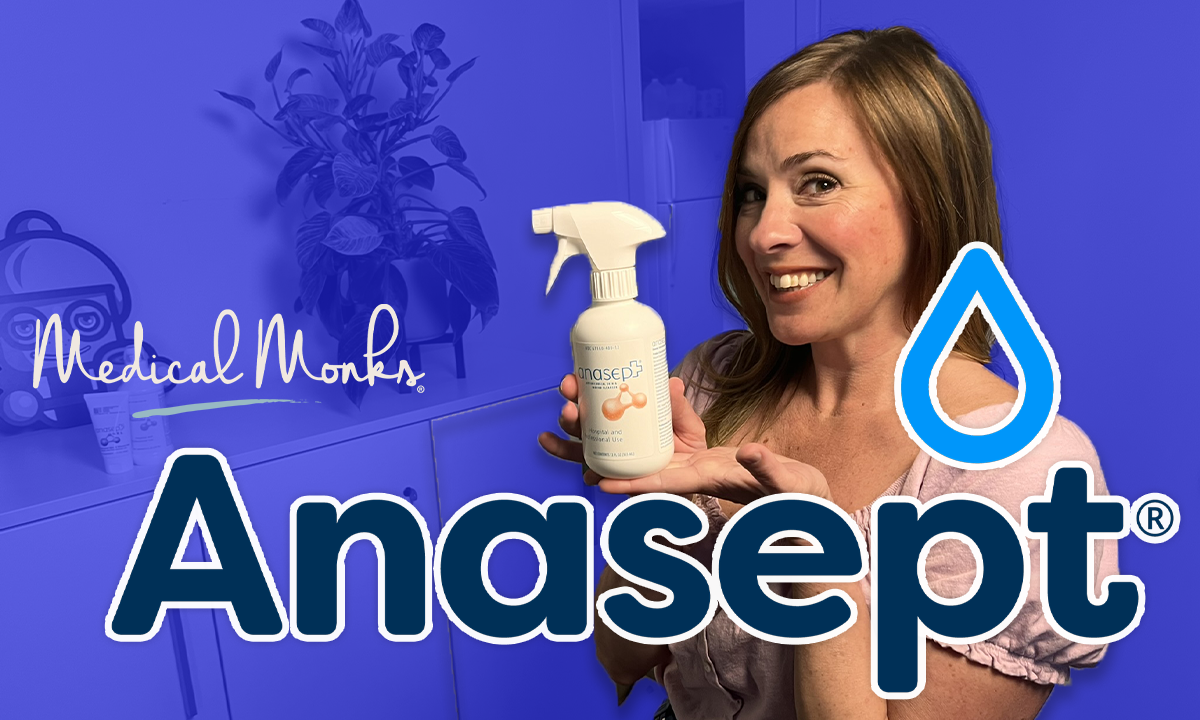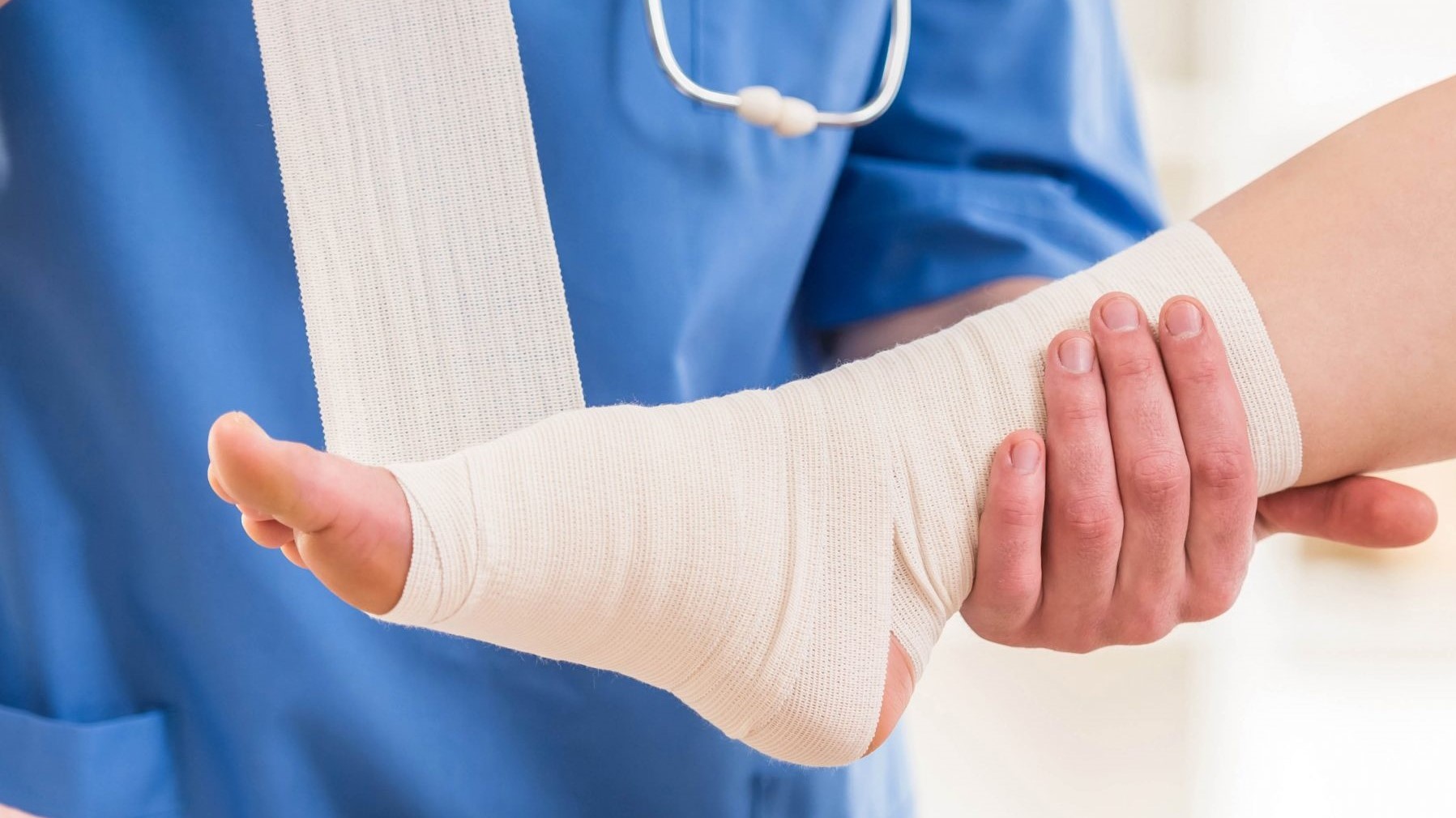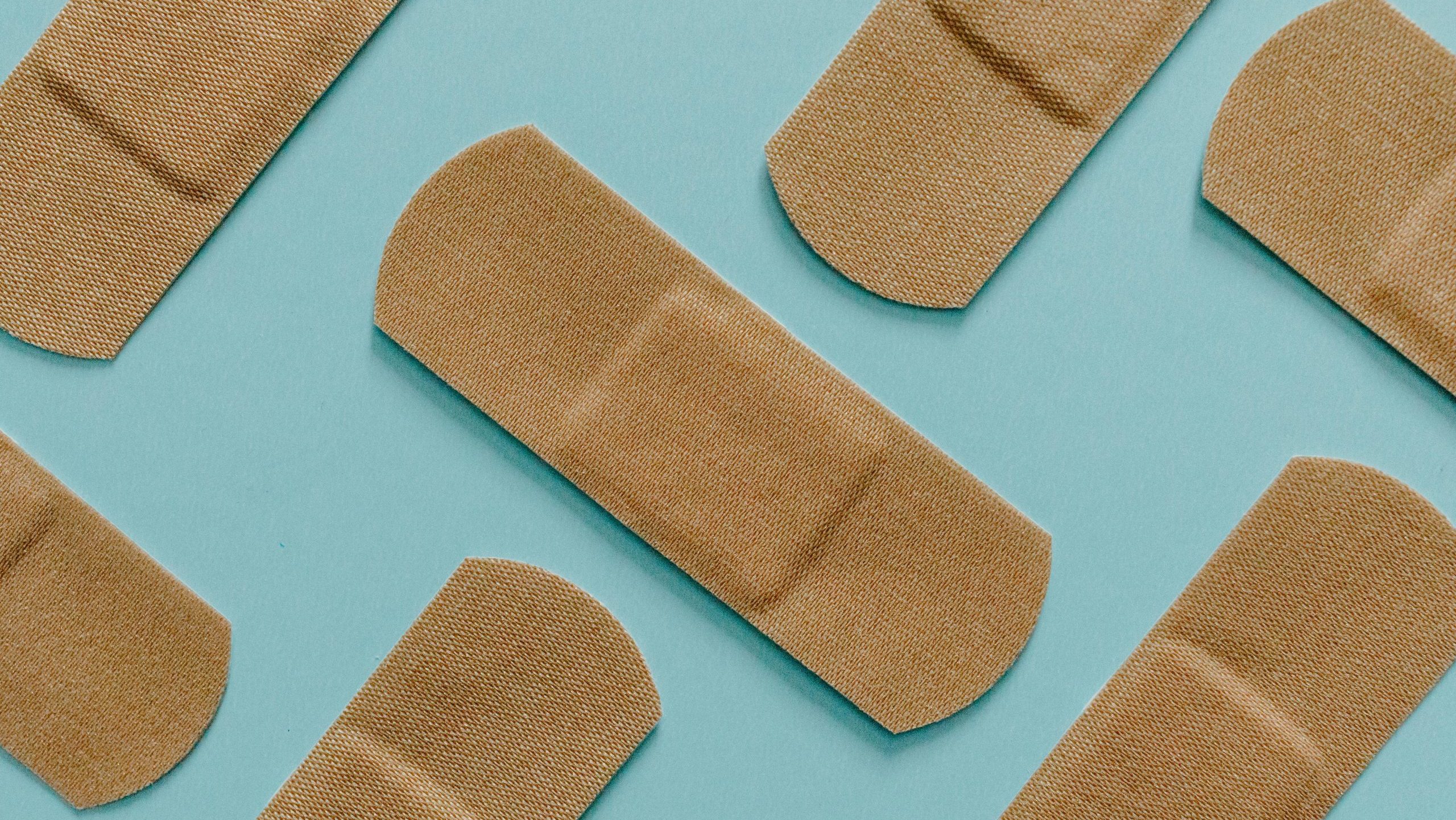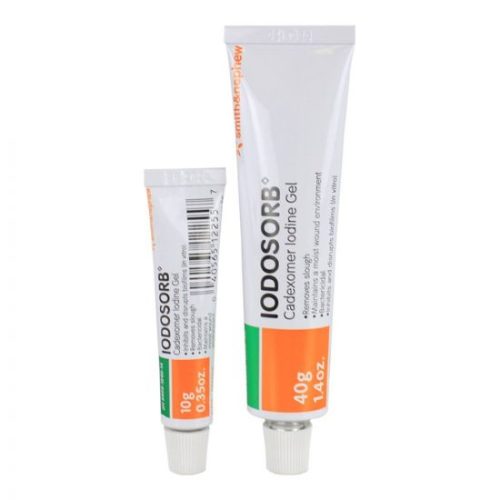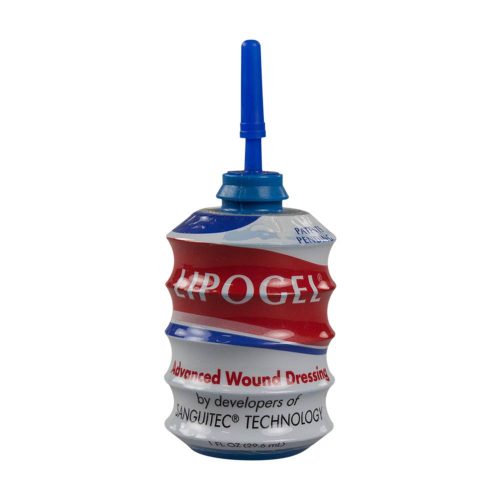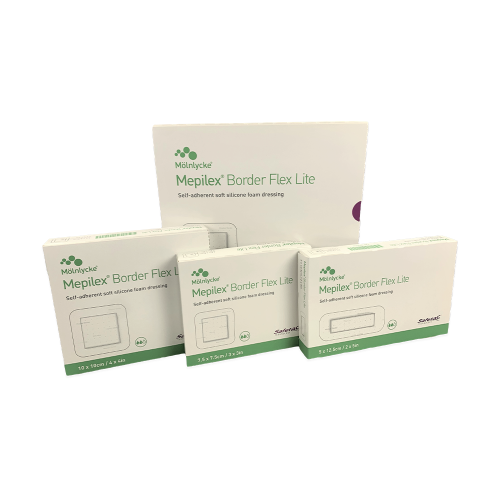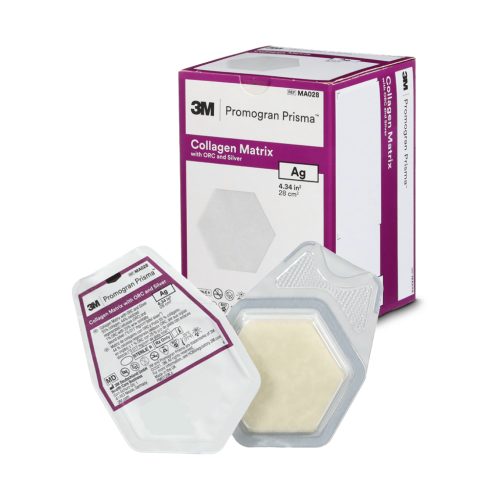If you or a loved one is involved in treating a wound, you may have noticed various wound dressings labeled as “sterile” and “non-sterile.” But what exactly does it mean when we refer to a sterile dressing? Let’s take a closer look at its importance in protecting against further injury and potential complications.
What is a sterile dressing?
First off, a bit about terminology. If you need clarification on what a sterile bandage is or what a sterile gauze is over sterile wound dressings – these are, in effect, different terms describing the same thing. “Dressing” and “bandage” tend to be used interchangeably to describe anything that is used to cover a wound. Gauze is a specific type of dressing made in a specific way, but will also be used by laymen to refer to almost any type of wound covering.
The way it is manufactured and packaged is what makes a dressing sterile. First, they need to be manufactured in a sterile environment, meaning one that is kept free of any bacteria, virus or other microorganism that might contaminate the product. Then they are sealed, individually or in small groups, in packaging that is also sterile.
Sterile dressings, like all wound coverings, are designed to help prevent infection by providing a physical barrier between the wound and its environment. In order to do this effectively the dressing needs to be free of contaminates. Sterile packaging simply provides an assurance of this.
What is a non-sterile dressing?
Non-sterile dressings are often sold in bulk, rather than individual packaging. For example, non-sterile gauze pads and sponges tend to be sold in sleeves of 100-200 pieces. These products are not generally sealed airtight, but rather wrapped in paper or in a simple cardboard box.
It’s only recommended to use non-sterile dressings on wounds which need a basic minimum of protection. This would mean scrapes, small cuts, or mostly closed wounds in the late stages of healing.
Types of Wound Dressings
These dressings are almost always sold in sterile packaging:
- Foam dressings are used to absorb exudate from wound sites. They can be made from cotton or synthetic materials and come in various shapes and sizes.
- Non-adherent dressings provide a barrier between the wound site and external factors, such as clothing or other materials that might cause damage to the healing area. These dressings contain a layer of protective material, so there is no direct contact with the wound site.
- Adhesive bandages are self-adhesive strips that cover small cuts or scrapes. They are typically made of a non-irritating material and come in various sizes.
- Hydrocolloid dressings are also self-adhesive and designed to reduce moisture and exudate from the wound. They provide a moist environment that helps to promote healing.
Benefits of Sterile Dressings
Sterile dressings are a crucial part of wound-care management because they are bandages or layers of gauze that have been specially treated to reduce the risk of bacterial contamination and keep the wound area protected and clean. Using sterile dressings can provide the following benefits for the patient’s health and the quality of healing process.
- Reduced Risk Of Infection: Bacteria can be found everywhere, even on a patient’s skin. When wounds aren’t appropriately dressed, bacteria from the patient’s skin can enter the open wound, leading to an increased risk of infection. Using sterile dressing help reduce this risk by keeping harmful bacteria away from the wound area.
- Improved Healing: Sterile dressings help wounds heal faster since they keep the wound environment clean and protected. The sterile dressing acts as an occlusive layer that helps keep moisture in the wound, promoting cell regeneration and wound tissue healing.
- Reduced Scarring: By keeping a moist environment around the wound, sterile dressing can minimize scarring. Keeping the skin moisturized throughout healing helps it to remain pliable and less likely to form thick scar tissue that might be uncomfortable or unsightly.
- Pain Relief: Sterile dressings are often made with absorbent materials like cotton or gauze, which can help comfort wounds by wicking away moisture and protecting against abrasion. This can help reduce pain from the wound site, allowing patients to focus on healing.
- Easy Care: Sterile dressings are easy to apply and remove, so you don’t have to worry about additional time or resources for care. You’ll enjoy these benefits without extra effort or cost as long as you take the proper steps to ensure your sterile dressing is kept clean and replaced regularly.
How to change a sterile wound dressing
When changing a sterile dressing, make sure that you follow the instructions given by your doctor or nurse. Here are some tips on changing the wound dressing properly.
- Gather all the necessary materials before starting. You will need sterile gauze, a clean pair of gloves, and any other supplies your healthcare provider prescribes.
- Wash your hands thoroughly with soap and water for at least 20 seconds before handling the wound or wearing gloves. This will help prevent infection from spreading further.
- Remove any existing bandages from the area carefully, taking care not to cause further damage or dislodge any stitches or scabs around the wound area.
- Rinse the wound gently with a sterile solution. This will help remove any debris or bacteria that may be present.
- Apply the new dressing, ensuring all edges are secure and that the dressing is smooth and snug against the wound area for maximum protection.
- Secure the dressing in place, if necessary, with medical tape or other adhesive strips.
- Appropriately discard used supplies to protect against infection, such as disposing of gloves in a sealable bag and throwing away dressings after use.
- After changing the dressing, rewash your hands thoroughly with soap and water or an alcohol-based hand sanitizer to reduce the risk of spreading infection.
Trust only the reputable sterile dressing suppliers
Choosing the right wound care supplies is crucial to ensure proper healing and minimal risk of infection. That’s why sterile dressings are a key item in any medical inventory and can help provide that cleanliness, safety, and comfort in a patient’s wound care process.
At Medical Monks, we understand that utilizing these medical supplies is necessary to treat wounds and provide the best possible patient outcomes. With our extensive selection of quality wound care materials, you can be sure that you or your loved ones are being provided with the safest and most effective treatments available.
If you’re looking for sterile dressings or other advanced wound-care products for your practice, don’t hesitate to contact us today. Our experts will be more than happy to help you get all the supplies you need.

The MEDICAL MONKS STAFF brings to the table decades of combined knowledge and experience in the medical products industry.
Edited for content by ADAM PAGE.
